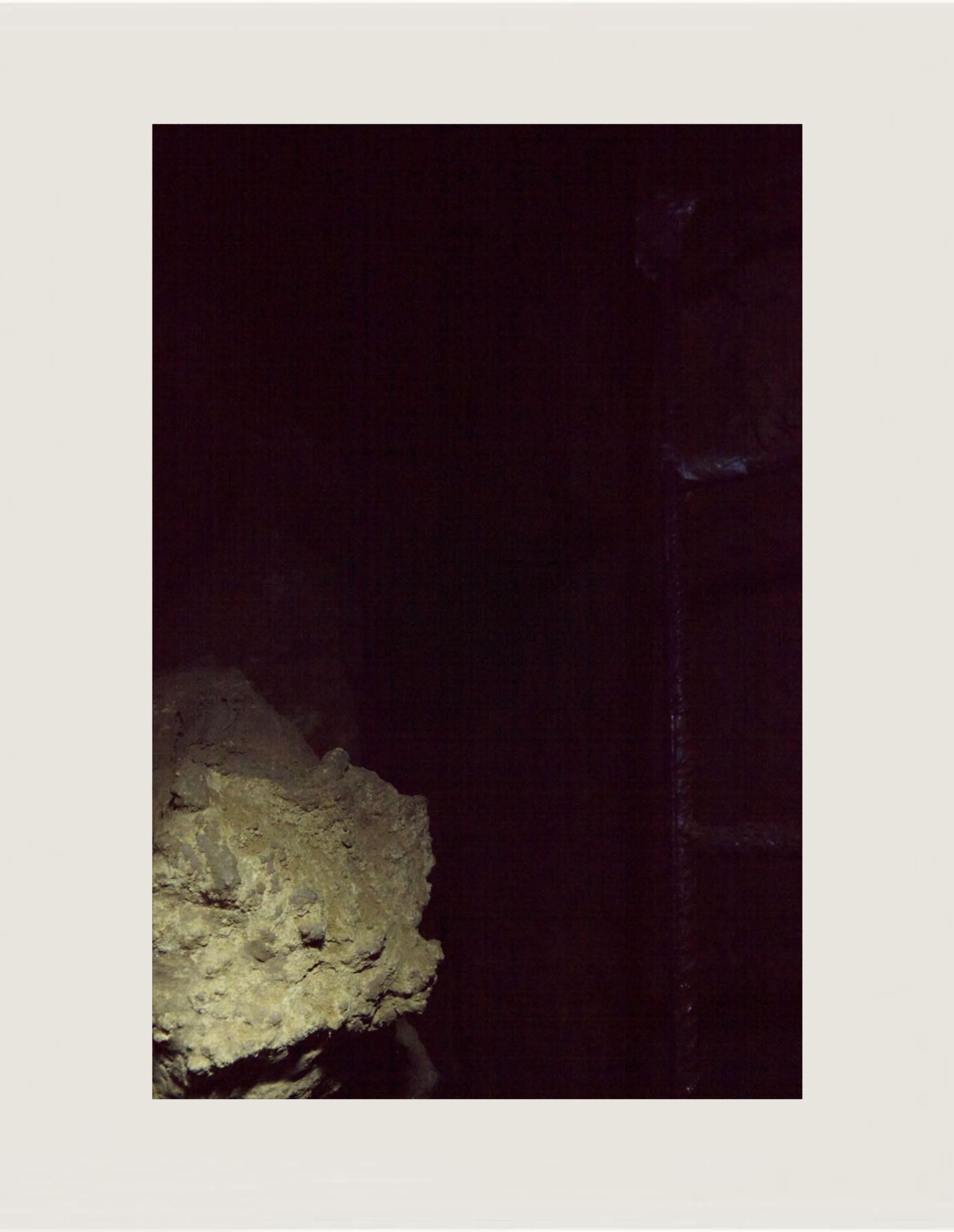
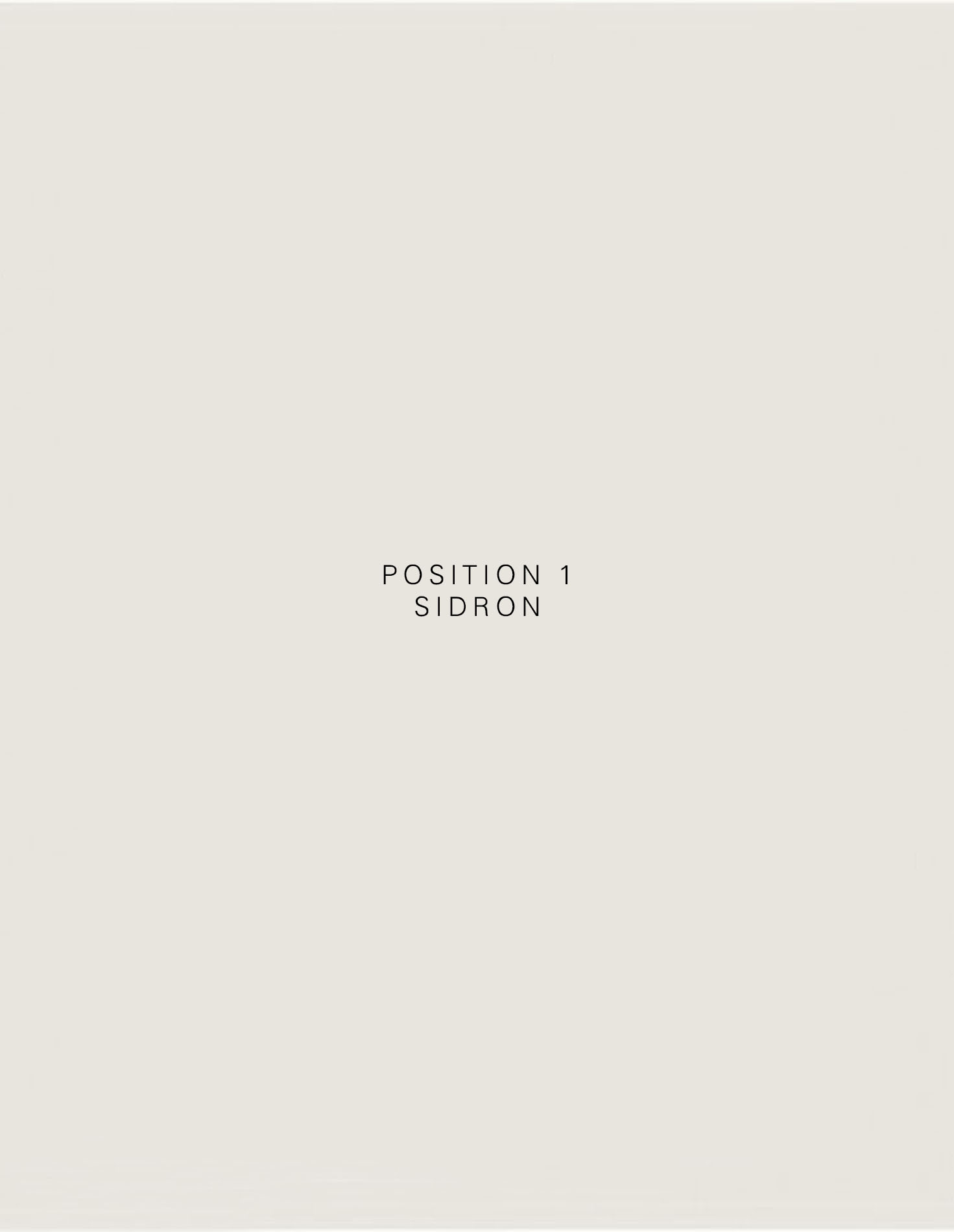
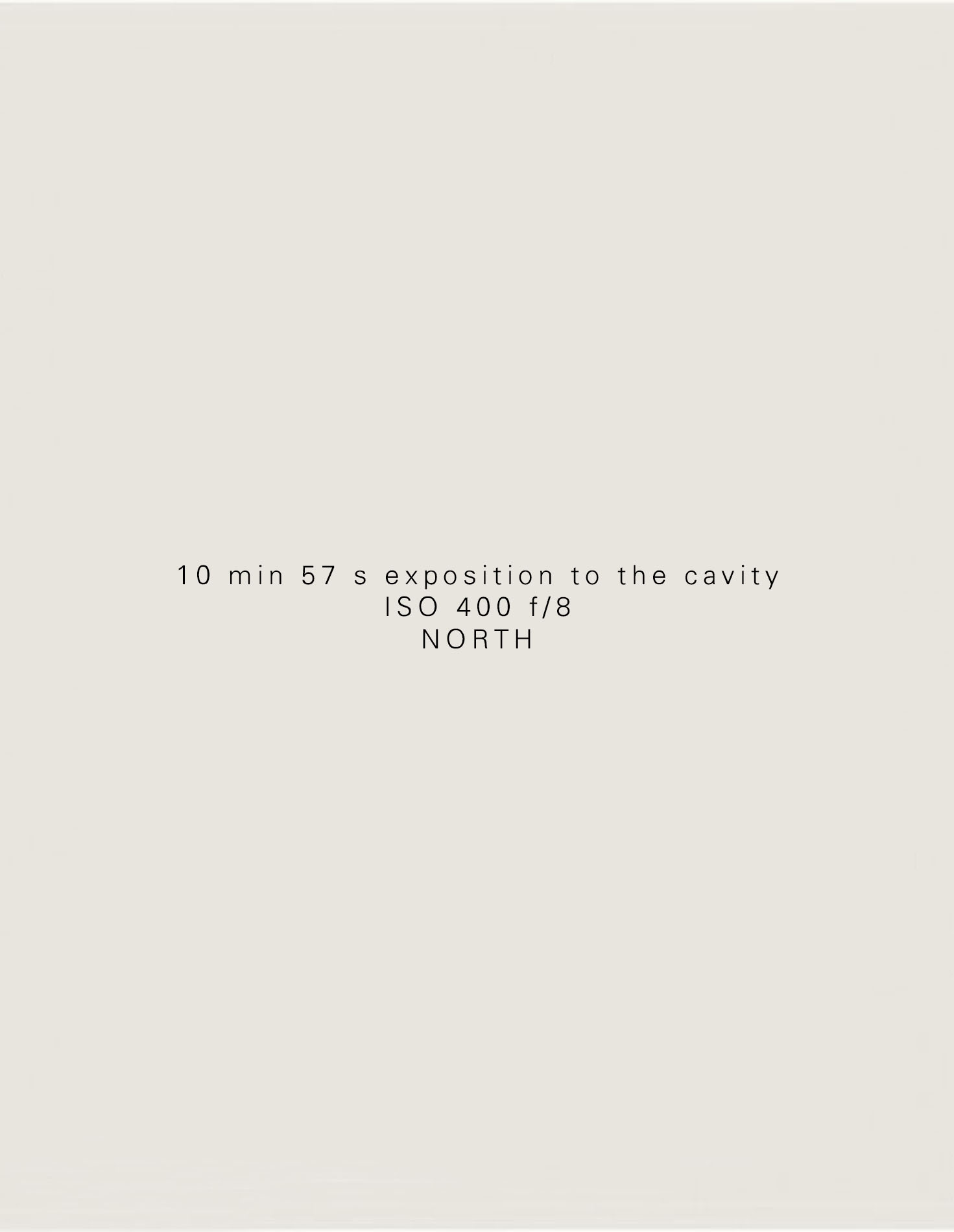



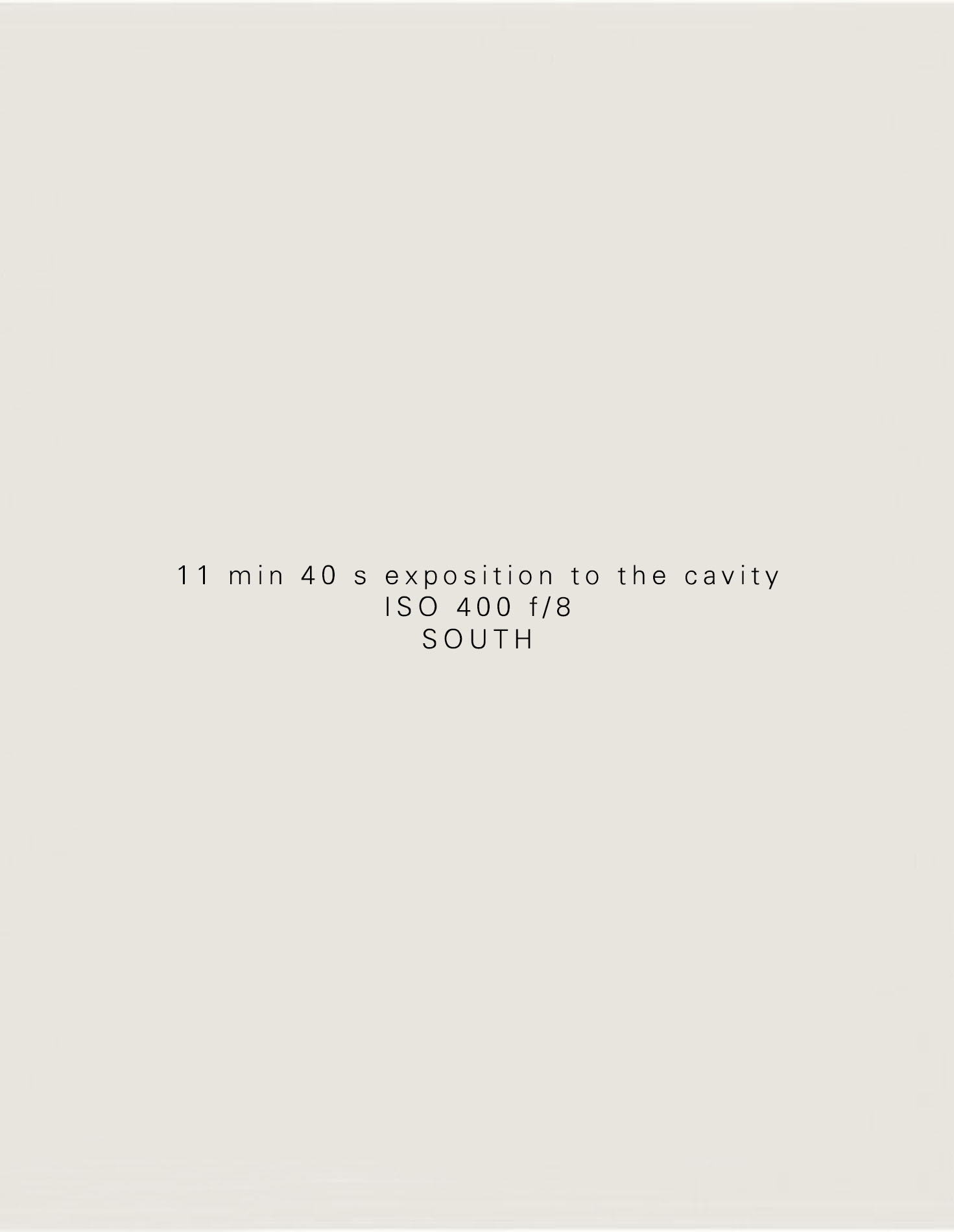

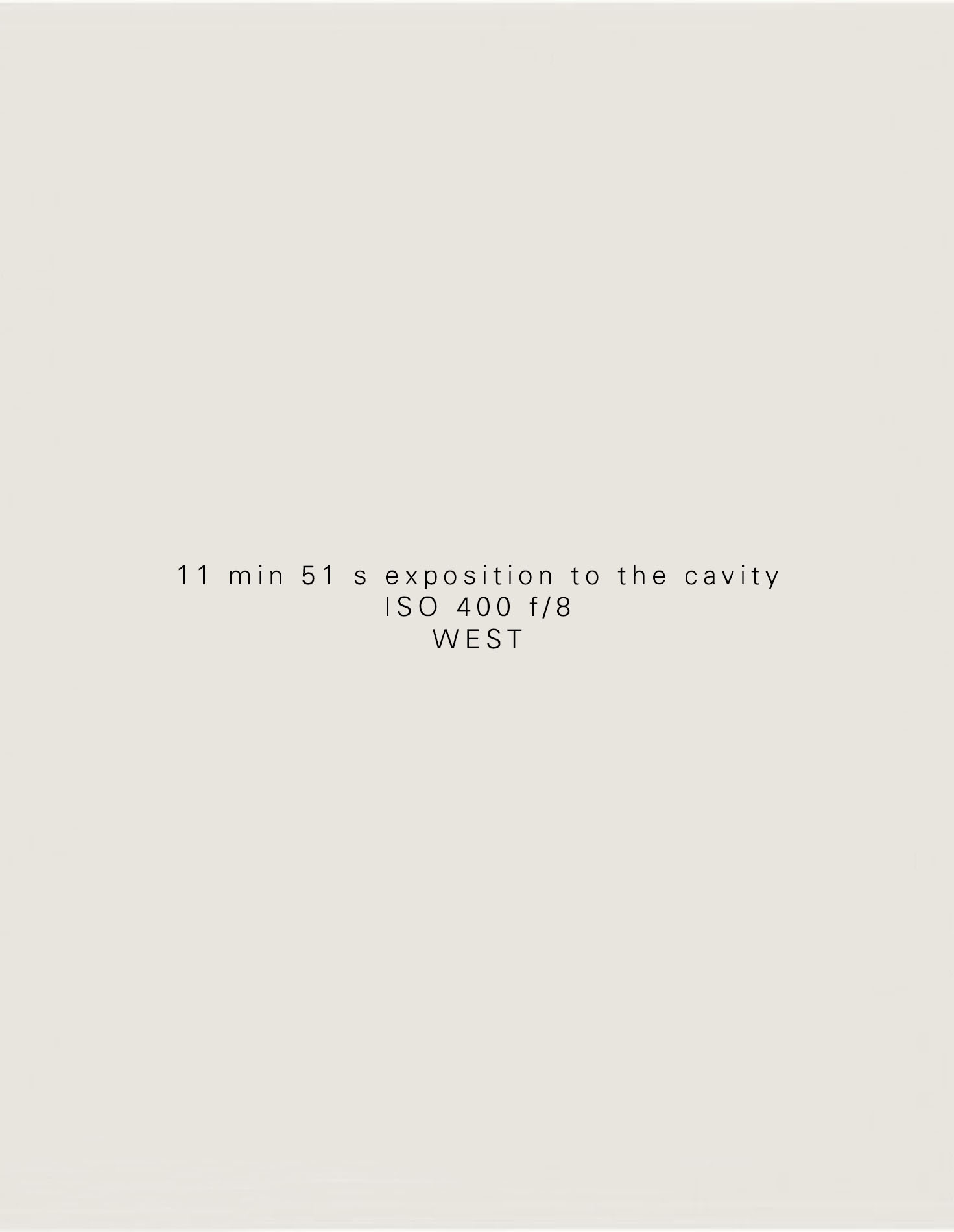
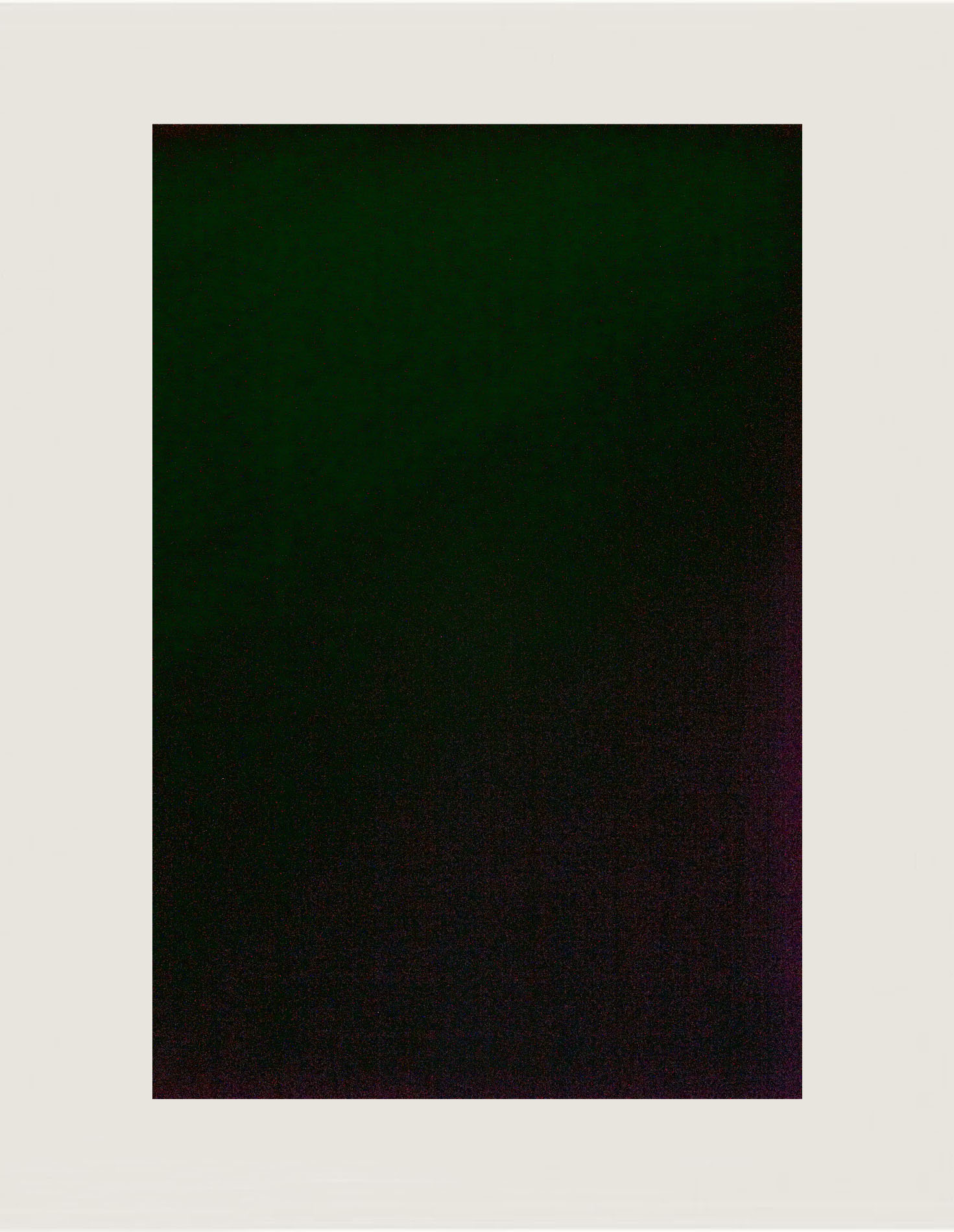


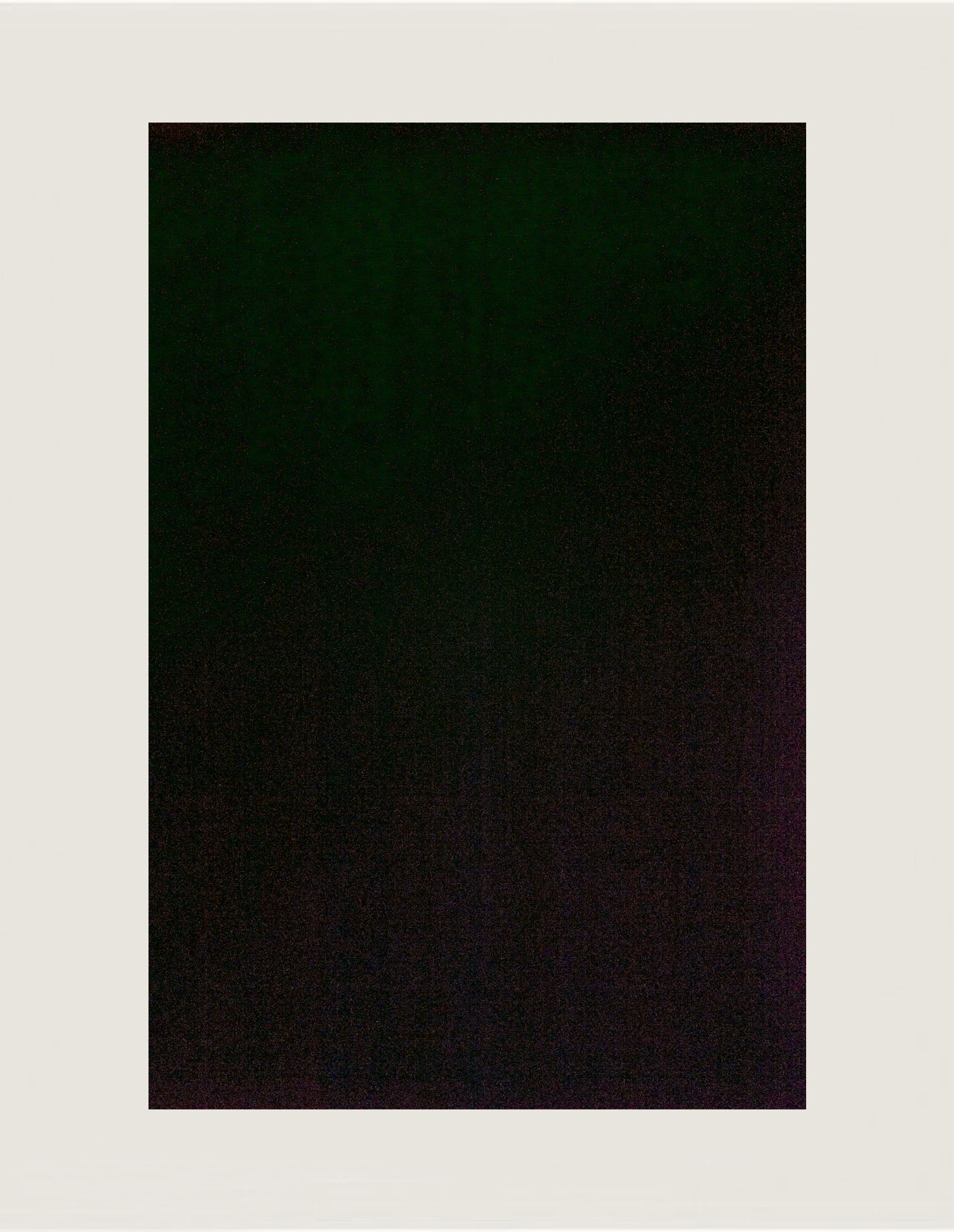
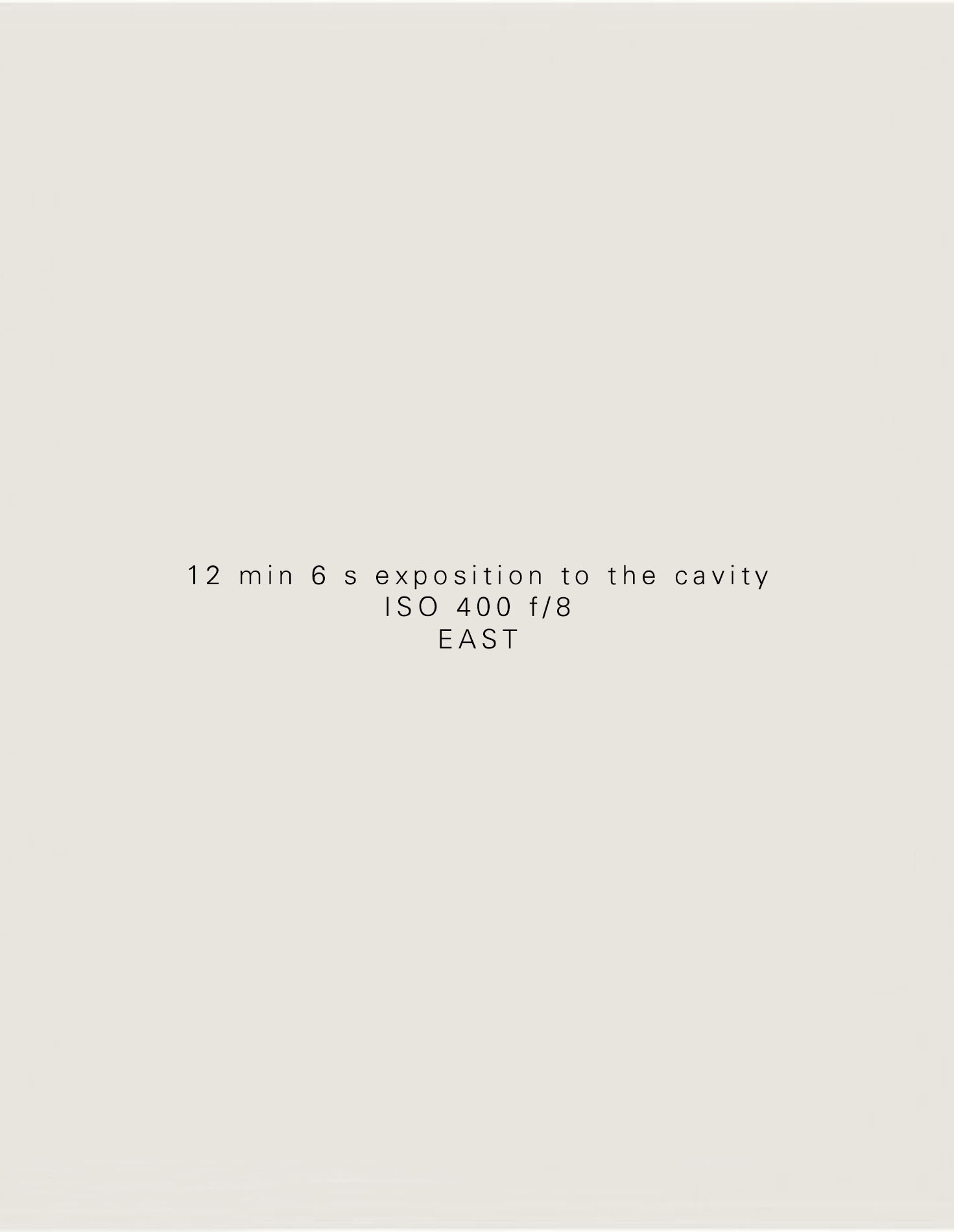
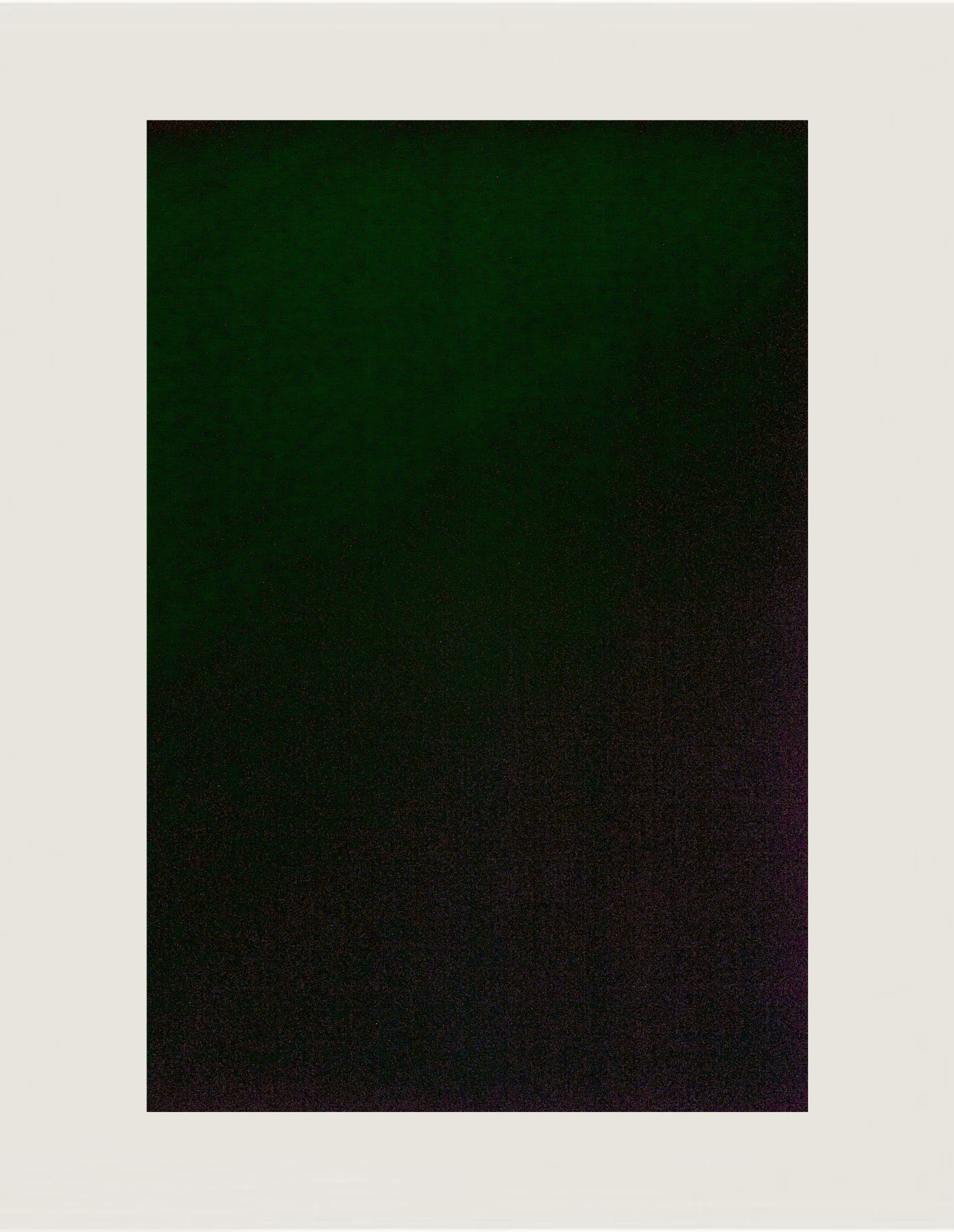

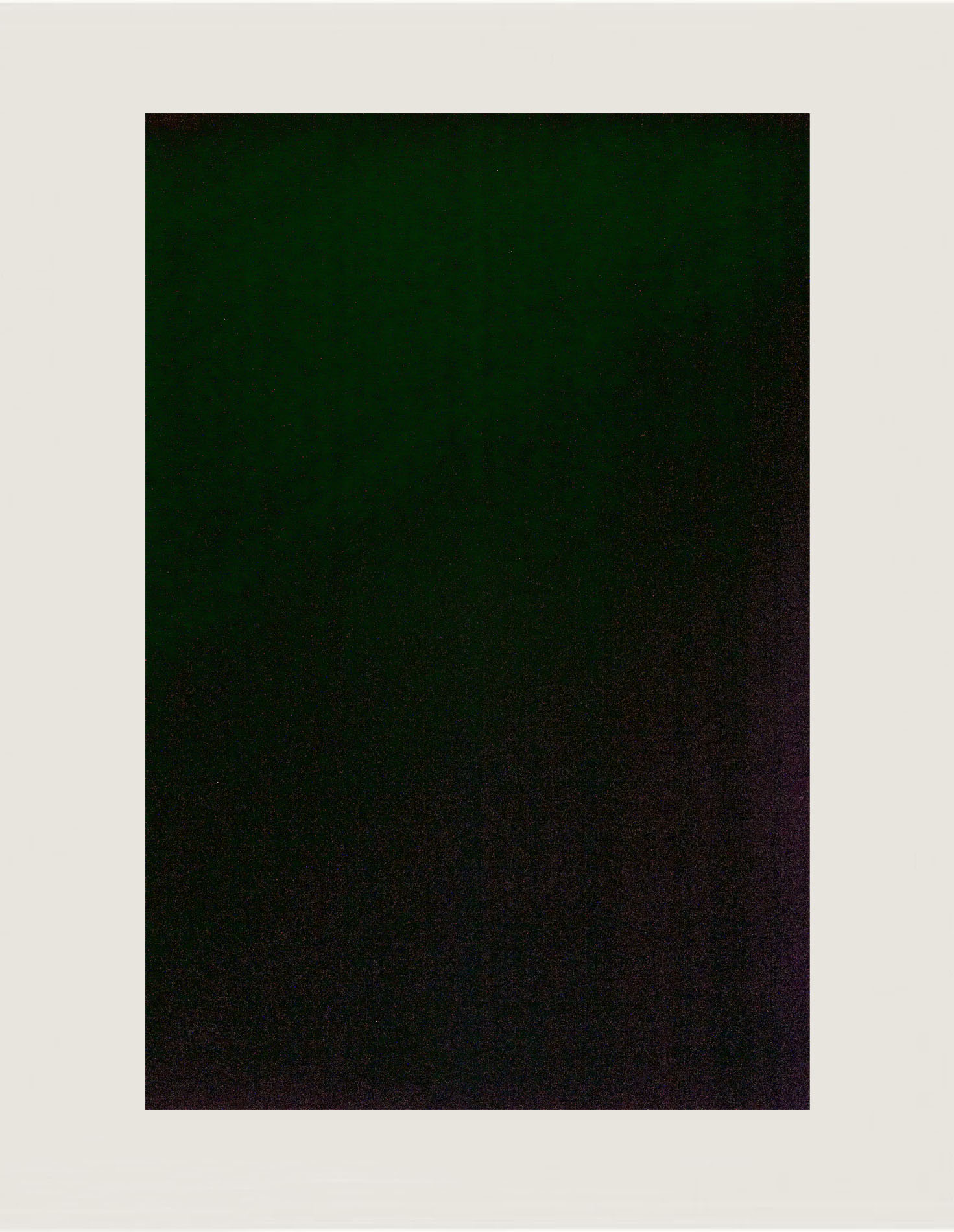


To simulate the End If we rotate a camera on a fixed axis around the four cardinal directions (N-E-S-W), we can obtain four images (one of each one) that define its position, its common point of view. The obtained landscapes unveil the cartography that is implicit in their apparent candidness. Four images could define a point in space. Simultaneously, the same landscapes show the cronology that is folded inside their compresed structure. Roland Barthes defines photography as an index, as a «has been» event; he forgets to say that the evidence, at the moment of the photographic shot, is not only a proof of past, but also a proof of future. The images on the surfaces are the proof of a position and the proof of another possible instant in front of the camera. The existence of an image on the register allows the possibility of another time, of a not finished space and chronology, of a not finished epistemological and political space and chronology. That’s the reason, because utopy is not dissociable from imagination.
If we replace the same exercise inside a cavity in which there is no light, the four images obtained are four black registers in which fine red digital noise can be seen. They are very difficult to be distinguished one from the other with the naked eye, and they do not contain any visual events from outside the camera. The position and instant defined are simultaneously evaded: every four images define an evaded position and an evaded instant. They define a possible geography and cronology for the end. During this exercise inside the cavity, the camera has been expropiated; there is no expected image; it has been left naked, exposed to itself. Taking four photographs from a fixed point inside a cavity in the perfect absence of light is a kind of productive repertoire of the geography of the end and, at the same time, is an act of taking an image of the camera naked body. The camera has been acted inside a camera.
This specific cavity (Sidron - Asturias) increases the implications of the exercise. The exact place where it was performed is a nearthental archaeological site. The cave contains a stratigraphy; the place contains a still cronology distributed in layers of sediment. If the camera seems to have lost all layers apart from its technical body, and appears as the body of the end, the cavity appears as a stratified site, that descends to the origin. But this antithesis is not so clear. When the archeological procedure finishes the study of all of the crhonological layers, the cavity becomes, like the camera, a naked clausure. Are the naked inside of the camera and the naked inside of the cavity, the same location? Which is the relationship between the technical end of the emty camera and the reached origin, the reached beginning of the naked archeological cavity?